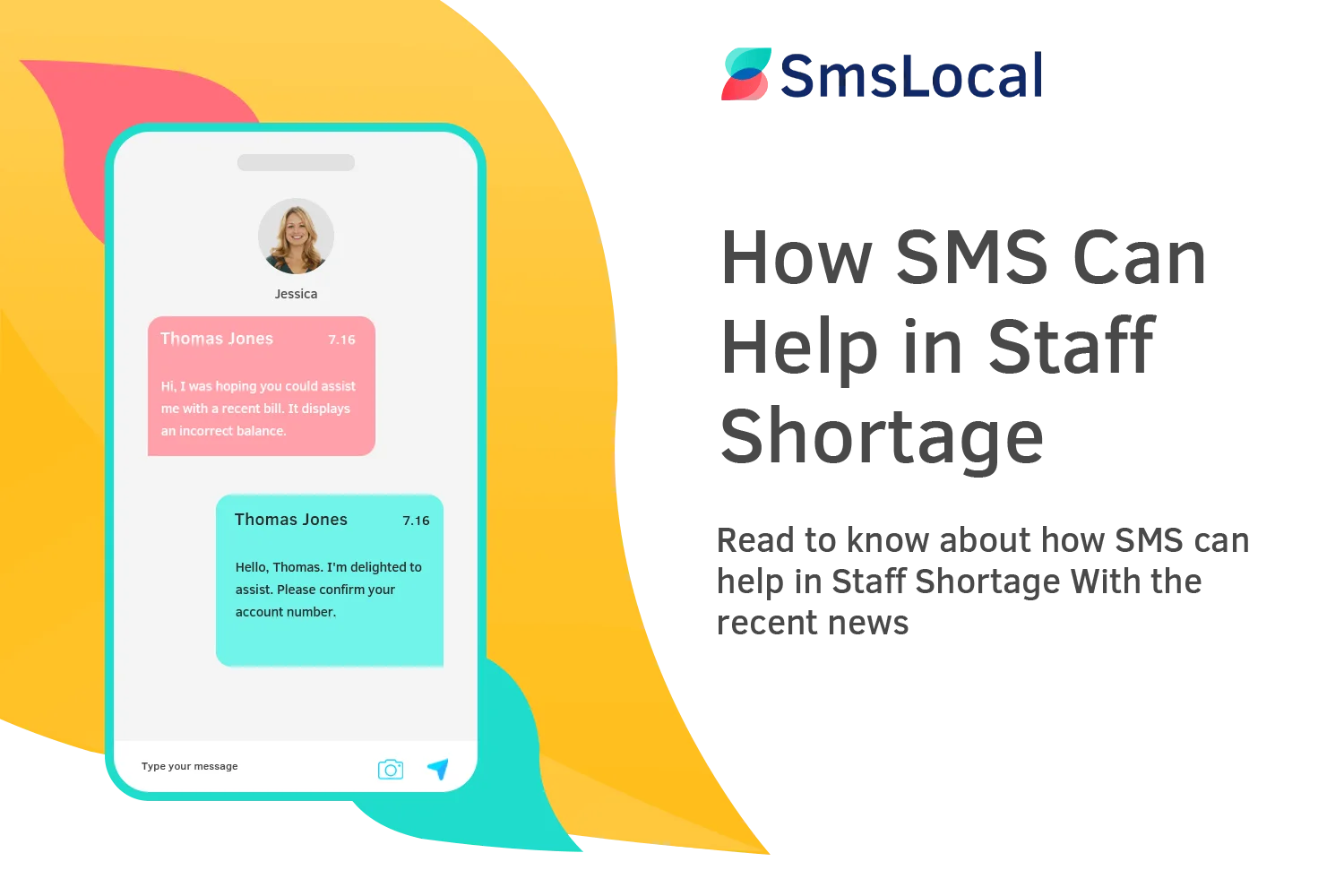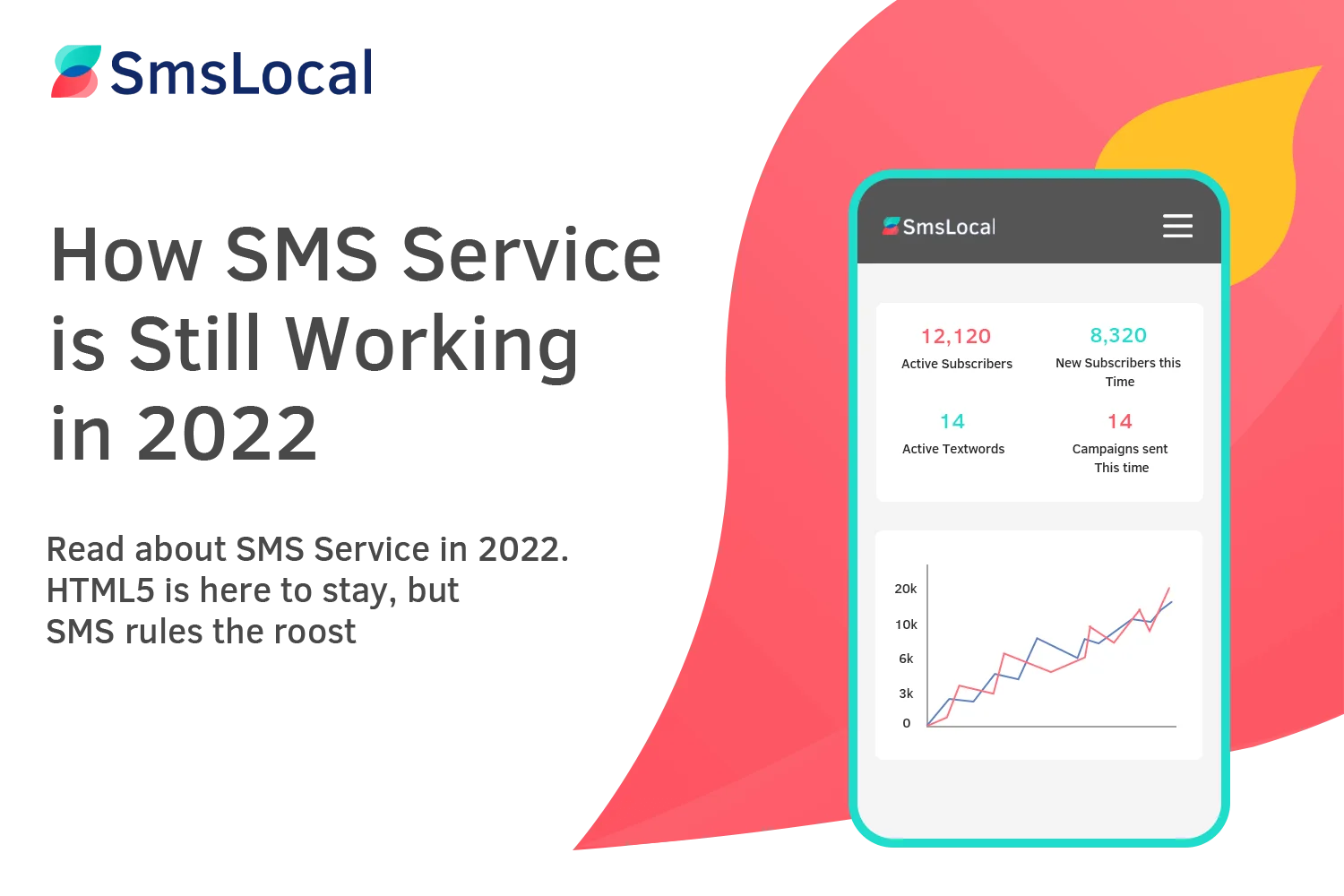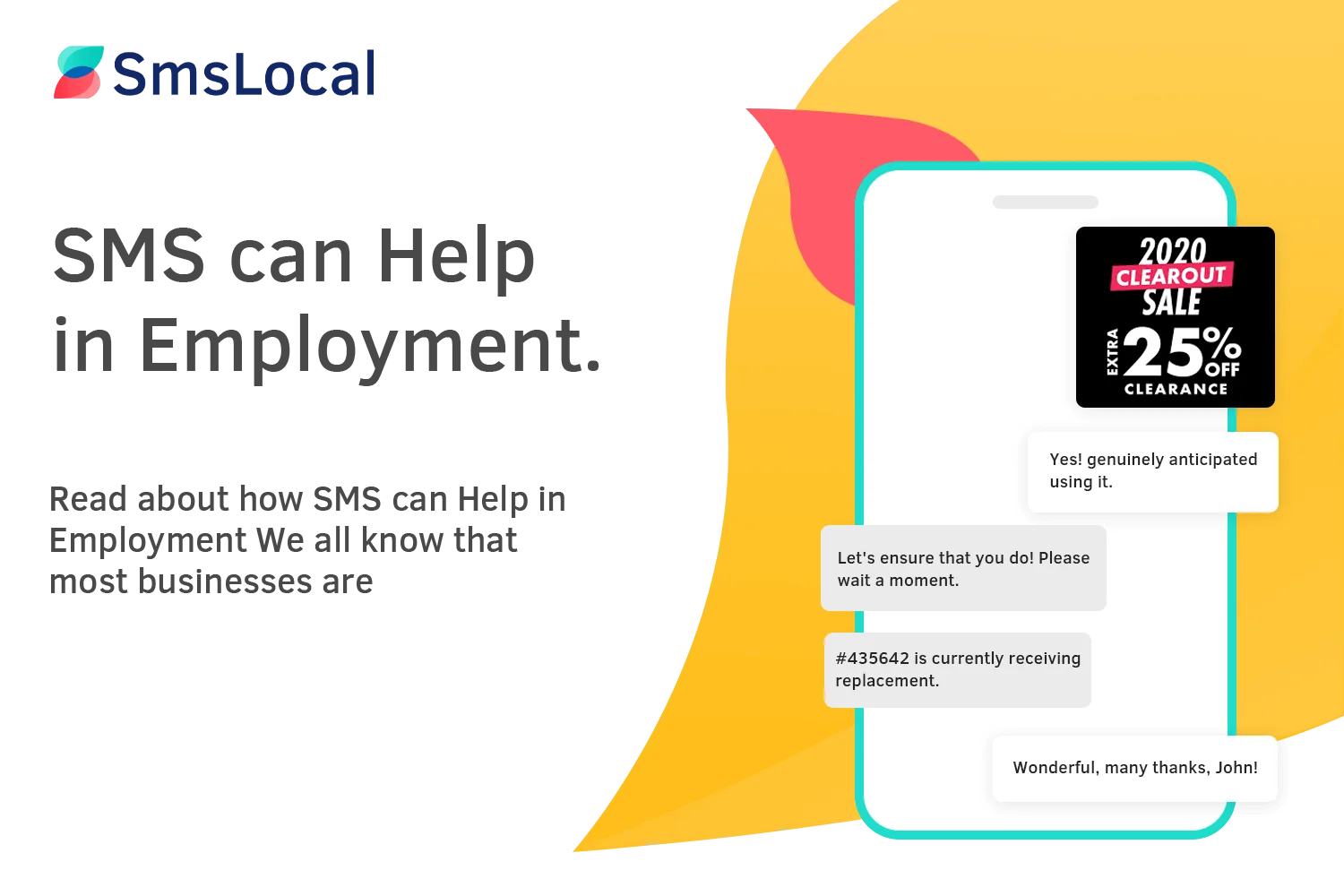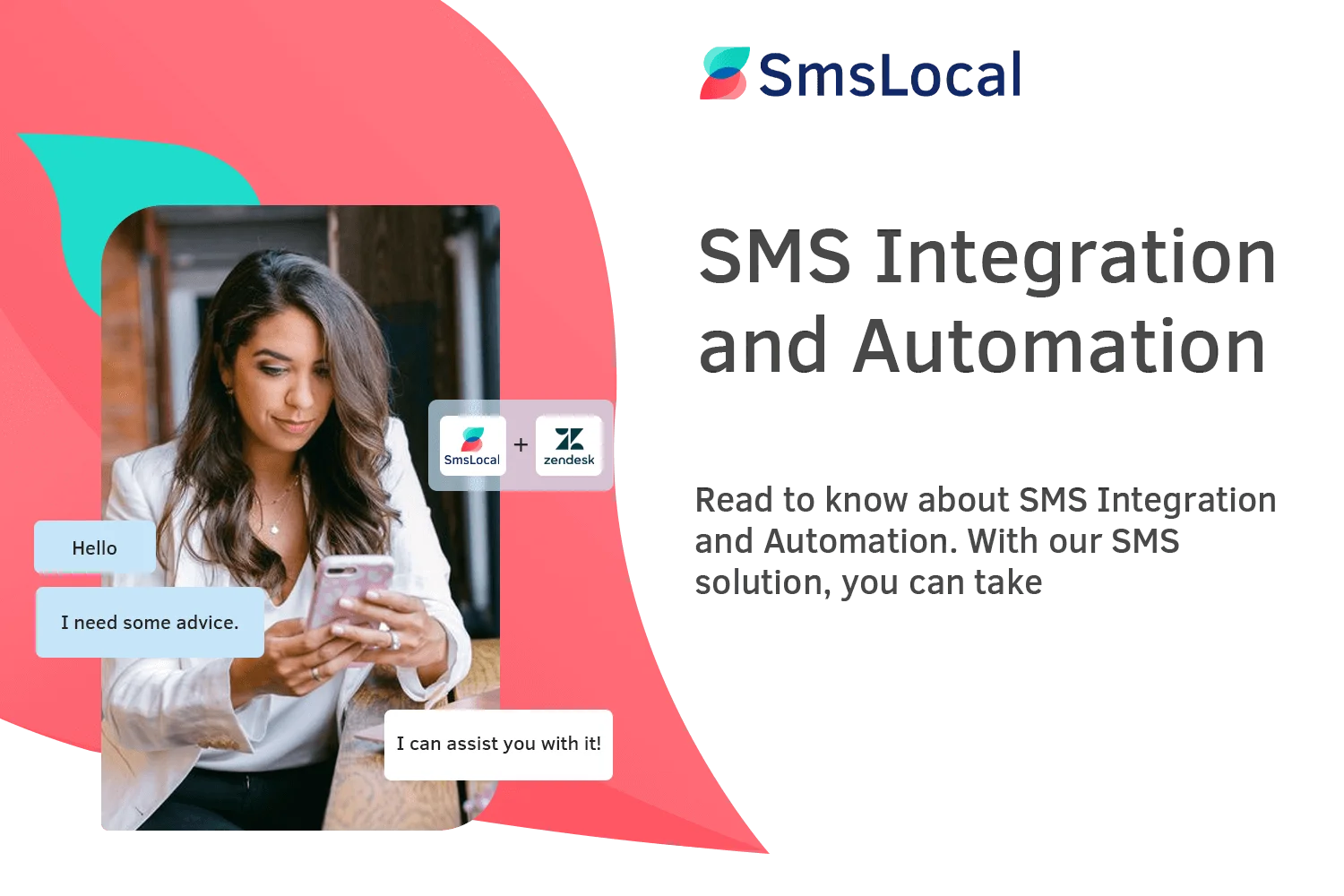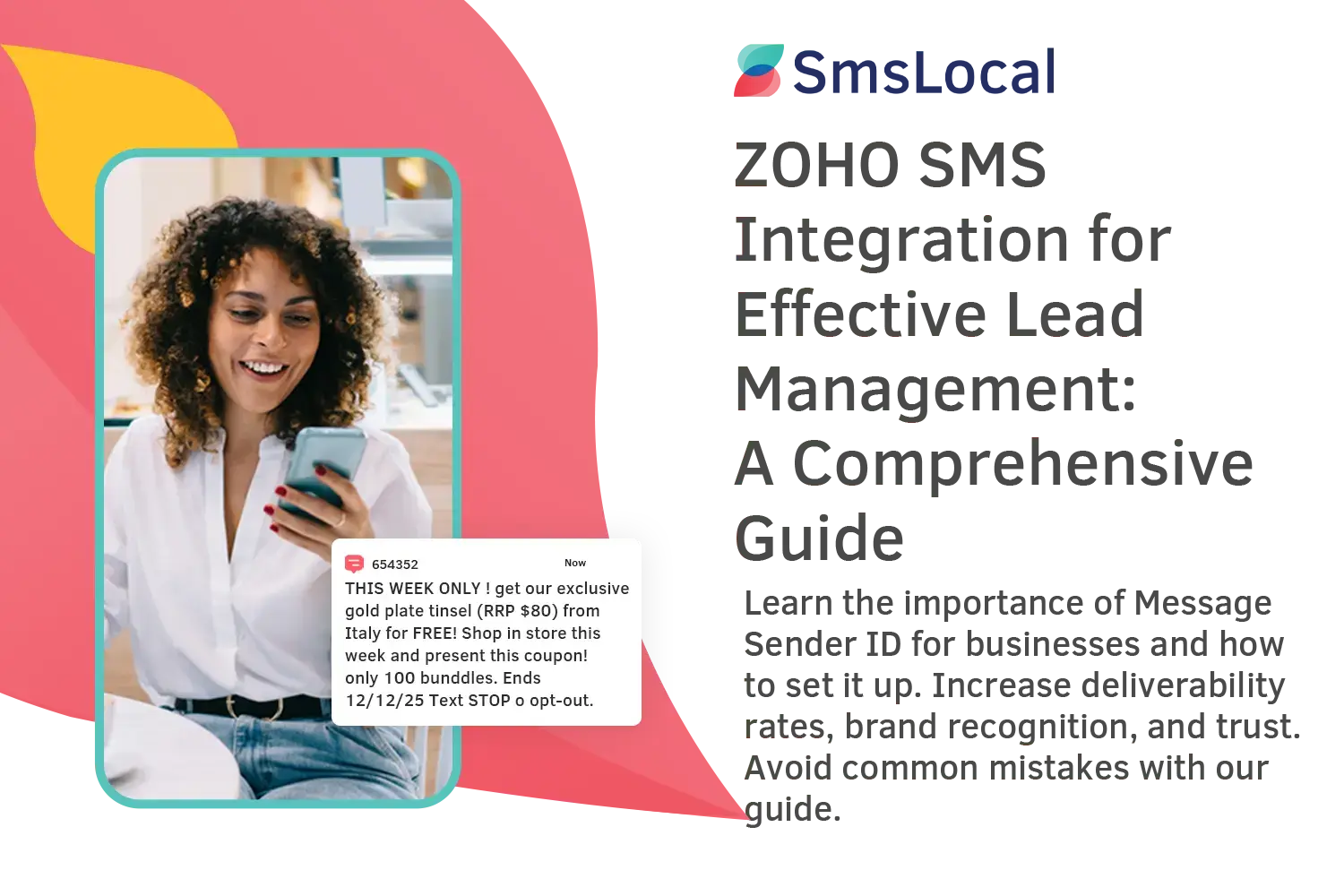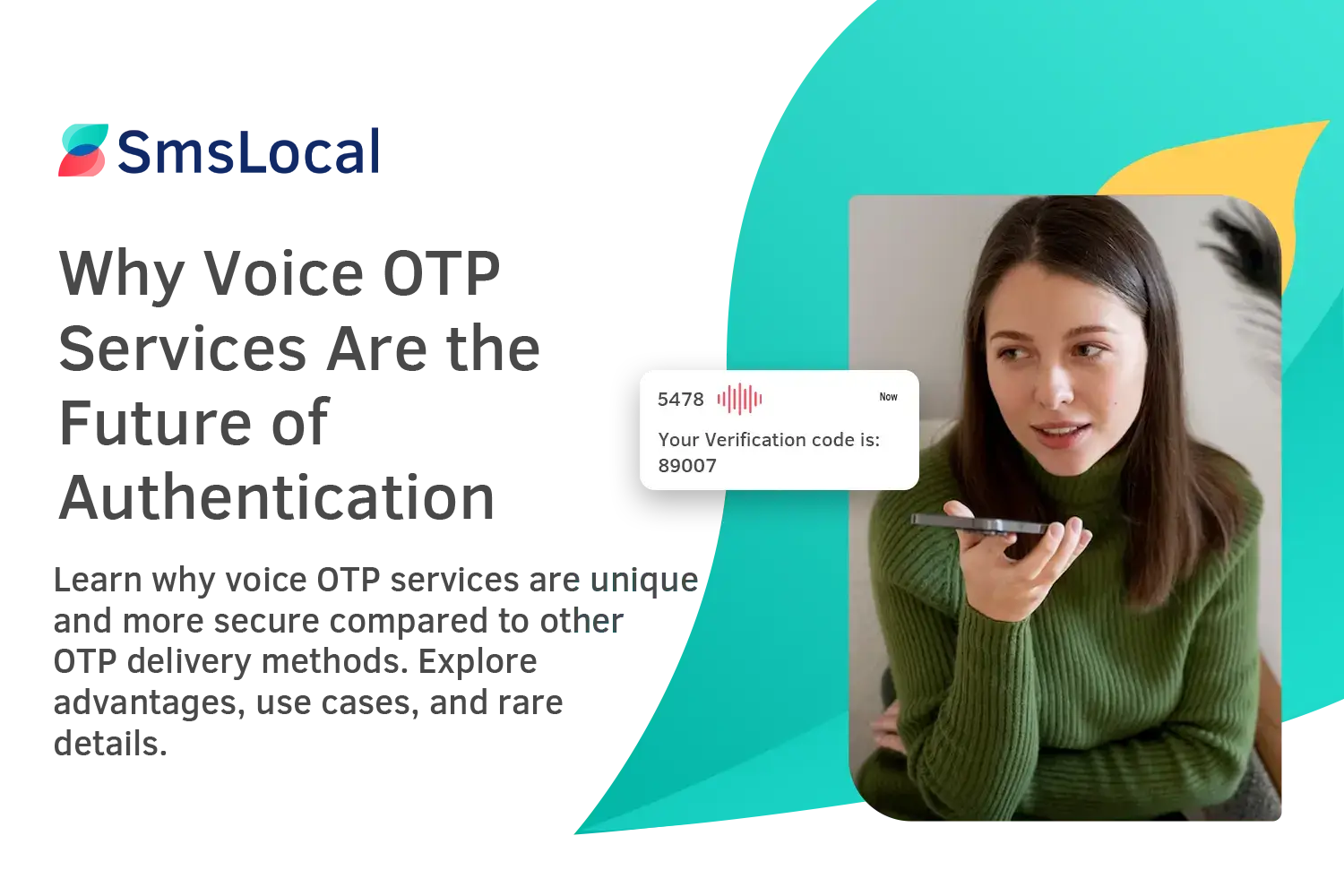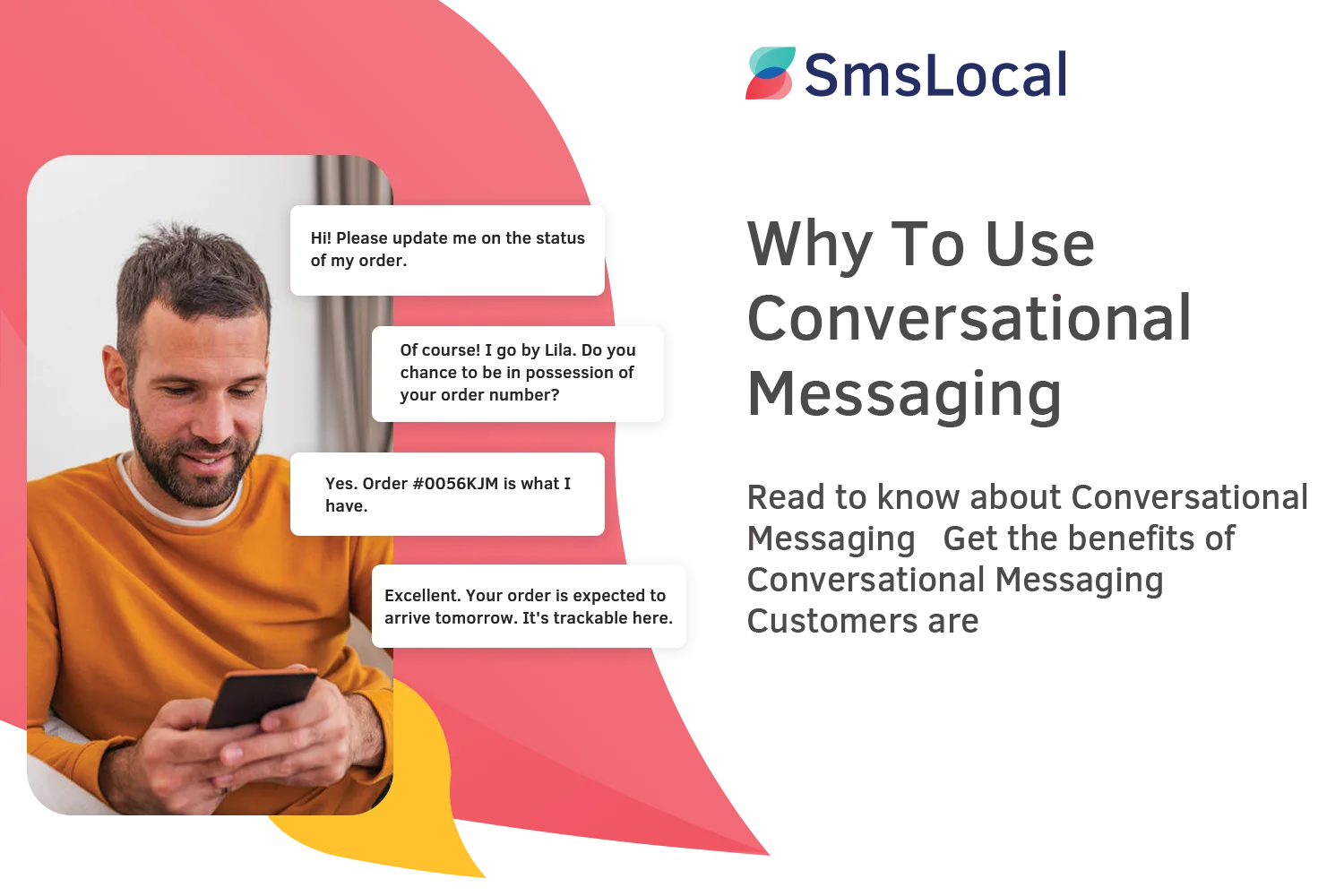SMS Codes: Long Code vs Short Code
Introduction
Text messaging, or SMS (Short Message Service) has become a significant part of modern communication. It is a simple and effective way to communicate with friends, family, and colleagues.
Over the years, businesses have also recognized the power of SMS as a marketing and engagement tool. One essential aspect of SMS communication is the use of SMS codes.
Explanation of SMS Codes
SMS codes are unique phone numbers used to send or receive text messages. There are two types of SMS codes – short code and long code.
Short codes are typically 5-6 digit numbers that are easy to remember and can be used for high-volume messaging campaigns such as voting lines for reality TV shows or political polls. Long codes have ten digits similar to regular phone numbers that allow two-way conversations with customers; they are suitable for conversational messages such as customer service queries.
Various industries use SMS codes – from healthcare providers who use them to remind patients about appointments or check-ups, to airlines that send flight updates via text messages. The finance industry uses them widely in transaction alerts and payment reminders.
Importance of SMS Codes in Modern Communication
In today’s fast-paced world, people want quick responses and instant information at their fingertips without having to make phone calls or wait for emails responses from businesses they interact with every day. As customers increasingly rely on mobile devices as their primary means of communication, businesses must adapt by using efficient communication channels.
Marketing campaigns that include text messages sent through dedicated short code phone numbers can deliver personalized content directly into the hands of consumers quickly and efficiently while providing an over 95% open rate guaranteeing high engagement levels. Moreover, long code numbers allow for more profound interactions – not just one-way notifications but real conversations with business representatives addressing customer inquiries promptly in a personalized manner.
This personal touch helps create a positive relationship between the business and the customer, leading to increased satisfaction, retention, and loyalty. SMS codes have become an essential aspect of modern communication, especially for businesses.
They provide a direct line of communication between businesses and customers, making it easier to deliver personalized content and promptly address inquiries. In the next sections of this article, we will compare and contrast two types of SMS codes – Long code vs Short code – highlighting their advantages and disadvantages to enable businesses to make informed decisions when choosing which one to use for their campaigns.
Long Code vs Short Code: The Basics
Definition of Long Code and Short Code
SMS codes are a popular method of communication in modern business. They enable companies to send text messages to customers, employees, and other stakeholders quickly and easily. Two types of SMS codes are commonly used: long code and short code.
A long code is a standard 10-digit phone number that can be used to send and receive SMS messages. Long codes are typically used for one-on-one communication with customers or employees.
For example, a company might use a long code to provide customer support or send appointment reminders. A short code, on the other hand, is a five or six-digit number that is specifically designed for high-volume messaging.
Short codes are typically used for marketing campaigns or other mass messaging efforts. For example, a retailer might use a short code to promote a sale or send coupons to customers.
Differences Between Long Code and Short Code
While both long codes and short codes can be used for SMS messaging, there are several key differences between the two: 1. Throughput Capacity: Short codes have higher throughput capacity than long codes, meaning they can handle more messages per second. This makes them ideal for high-volume messaging campaigns.
2. Setup Time: Setting up a short code can take longer than setting up a long code because short codes require approval from carriers before they can be used. 3. Cost: Short codes generally cost more than long codes due to their higher throughput capacity and additional setup requirements.
4. Message Length: Long codes allow longer text messages (up to 160 characters), while short codes may have restrictions on message length (sometimes as few as 140 characters). 5. Memorability: Because of their shorter length, short codes are generally easier for customers and employees to remember than long codes.
While both long codes and short codes can be used for SMS messaging, the choice between the two will largely depend on the specific needs of your business. Consider factors such as message volume, target audience, and campaign objectives when deciding which type of SMS code to use.
Long Code: Advantages and Disadvantages
Advantages of long code
Long codes are an affordable option for businesses that want to engage with their customers through SMS. Compared to short codes, which can be expensive, long codes are a cost-effective solution for small or medium-sized businesses.
In addition, long codes can be easily set up and integrated into existing systems, making it a convenient choice. Another advantage of long codes is their high deliverability rate.
Long codes operate like regular phone numbers and are less likely to get filtered as spam by mobile carriers compared to short codes. This means that messages sent via long code have a higher chance of reaching the intended recipient.
Cost-effective
One of the most significant advantages of long code is their cost-effectiveness. Long codes require relatively low investment costs compared to other marketing channels such as email or social media. It is easy for small business owners or entrepreneurs on a tight budget to leverage text messaging as part of their communication strategy without breaking the bank.
Easy to set up
Setting up a long code is relatively easy. All you need is access to an SMS gateway provider who will assign you a 10-digit phone number used for messaging purposes only. You do not have to worry about any complicated setup processes or technical knowledge.
High deliverability rate
One key advantage of using long code is that messages sent through this channel have high deliverability rates compared to other forms of communication, such as email marketing campaigns. With text messaging, there is no guarantee that your message will reach your customer’s inbox due to spam filters, but there’s less risk associated with SMS because the carrier already knows about (and has approved) your phone number.
Disadvantages of long code
Despite its advantages, there are also some disadvantages to using long codes for SMS marketing. One of the most significant drawbacks is their limited throughput capacity. Long codes have a low message-per-second (MPS) limit, which means they can only handle a small volume of messages at any given time.
Limited throughput capacity
Long codes can only send a limited number of messages per second, which makes them unsuitable for businesses with large campaigns or high message volumes. If you want to send mass text messages to your customers, then long code is not the best option as it will take too much time and will not be cost-effective in the long run.
Not suitable for high-volume messaging
Another disadvantage of using long code is that it’s not suitable for high-volume messaging. Long code is designed for one-to-one communication and works best when sending personalized messages to individual customers. It’s not ideal if you need to send thousands of messages at once as you would need multiple phone numbers and have to split your campaign into smaller groups.
While long codes offer several benefits such as being cost-effective and easy to set up, they are not suitable for high-volume messaging campaigns due to their limitations in throughput capacity and deliverability rate. Businesses who wish to engage with their customers through SMS should consider all factors before choosing between a short code and a long code based on their needs.
Short Code: Advantages and Disadvantages
When it comes to SMS codes, short code is another option that businesses can choose. Short codes are 5-6 digit numbers that are easy to remember and can handle high-volume messaging. In this section of the article, we will explore the advantages and disadvantages of using short code as a way to communicate with customers.
Advantages of Short Code
High throughput capacity
One of the biggest advantages of using short code is its high throughput capacity. Because short codes are specifically designed for bulk messaging, they can handle a large volume of messages at any given time. This is particularly important for businesses that need to send time-sensitive information or offers to their customers.
Easy to remember
Another advantage of short code is that they are easy to remember. Unlike long codes which are full phone numbers, short codes consist only of a few digits. This makes them easier for customers to remember when opting-in or out of SMS campaigns.
Suitable for high-volume messaging
Short codes are also suitable for high-volume messaging campaigns because they can handle a large number of messages at once without any issues. This means businesses can reach a wider audience in less time than it would take with long code messaging.
Disadvantages of Short Code
Higher cost compared to long codes
One disadvantage of using short code is that it tends to be more expensive compared to long codes. This is because short codes require more resources from mobile carriers and SMS service providers, resulting in higher costs for businesses.
Longer setup time
Setting up a short code campaign also takes longer than setting up a long code campaign due to the additional approval process involved in obtaining a dedicated shortcode from mobile carriers. This can delay the start of a campaign and may require businesses to invest more time and resources upfront. Short codes offer many benefits for businesses looking to communicate with their customers through SMS messaging.
However, they do come with some disadvantages, such as higher costs and longer setup times. Therefore, it’s important for businesses to carefully consider their options before choosing between long code or short code messaging for their SMS campaigns.
Choosing the Right SMS Code for Your Business
When it comes to choosing an SMS code for your business, you need to consider several factors. While both long code and short code have their advantages and disadvantages, picking the right option will depend on your target audience, message volume, and campaign objectives.
Factors to consider when choosing an SMS code
The first factor you should consider when selecting an SMS code is your target audience. If you want to reach a broad consumer base, a short code may be more effective since it’s easier to remember.
On the other hand, if you’re targeting a niche market or specific demographics, a long code might be ideal since it allows for more personalized messaging. The second factor is message volume.
If you plan on sending large numbers of messages frequently, then short codes are the best option since they can handle high throughput capacity. However, if you’re sending few messages at sporadic intervals, long codes can save you money since they are more cost-effective.
The third factor is campaign objectives. If you’re running a promotional campaign that requires immediate response from your customers such as flash sales or coupon giveaways with limited time offers then using short codes will be highly effective in achieving this objective.
How to Choose
To choose between long codes and short codes effectively:
- Identify the nature of business communication (one way/two-way)
- Determine who your target audience is (Customer demographic)
Conclusion
Picking the right SMS Code for communication between organizations and their customers has never been so important. You have to consider a set of parameters before making a choice between long codes and short codes.
Whether long code or short code, each has its advantages and disadvantages, which depend on the nature of communication, target audience, message volume and campaign objectives. By understanding these factors are you able to make an informed decision about which SMS code to use that will work most effectively for your business.






